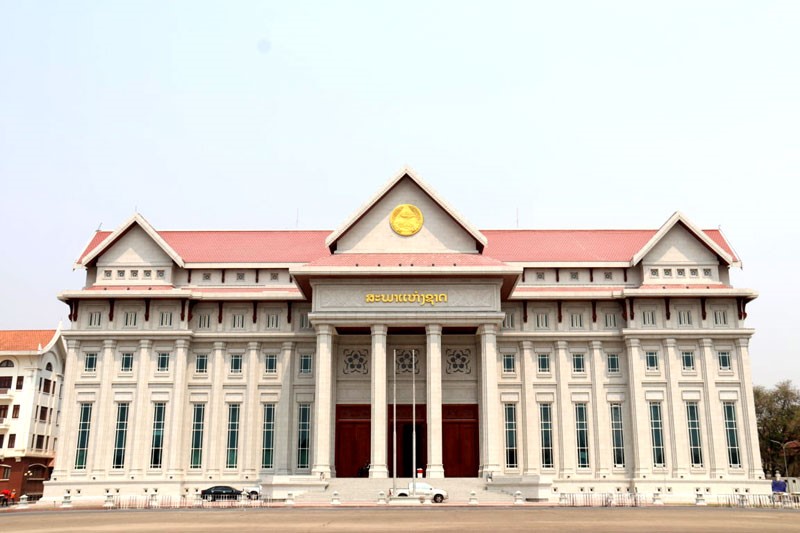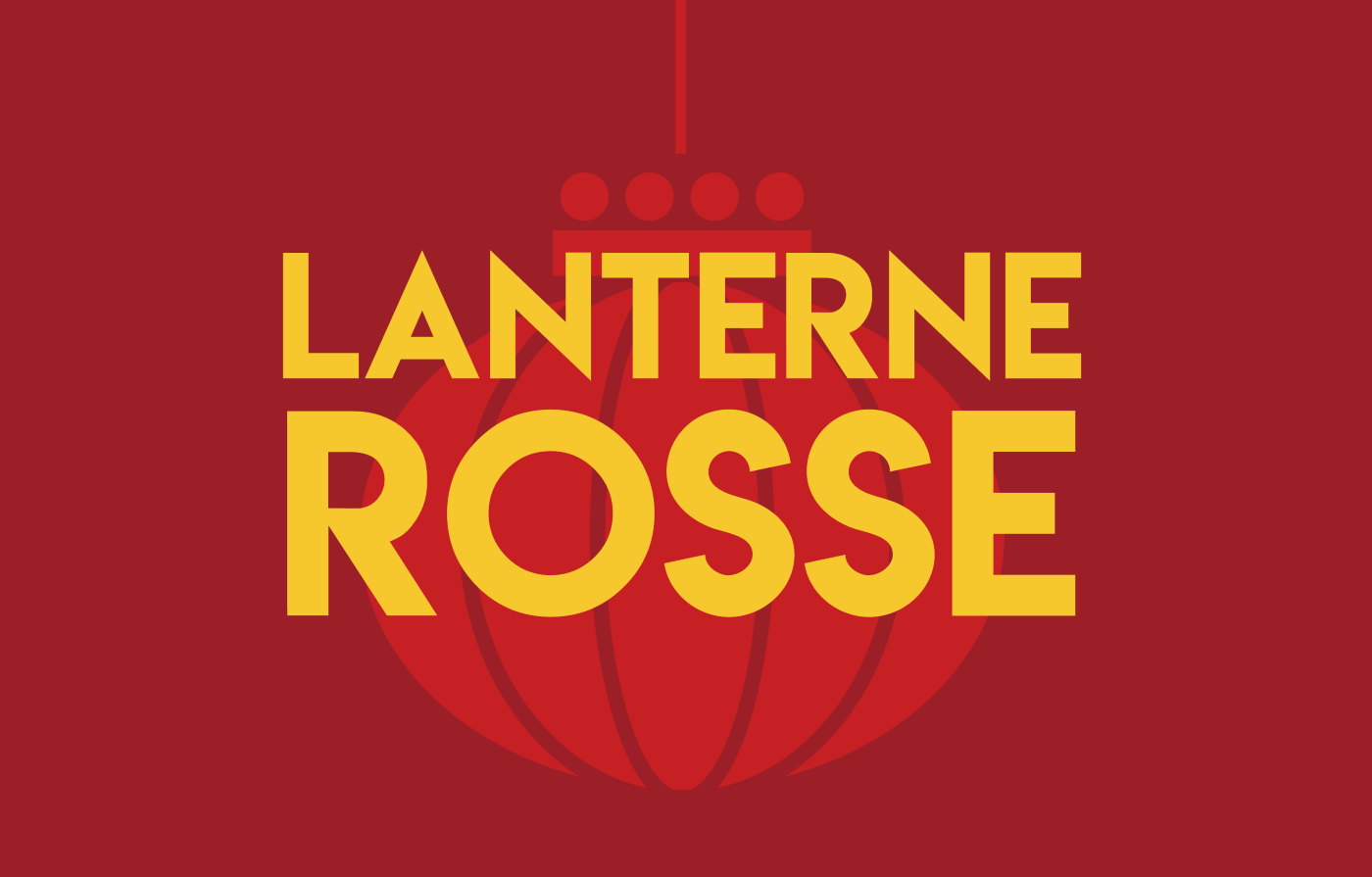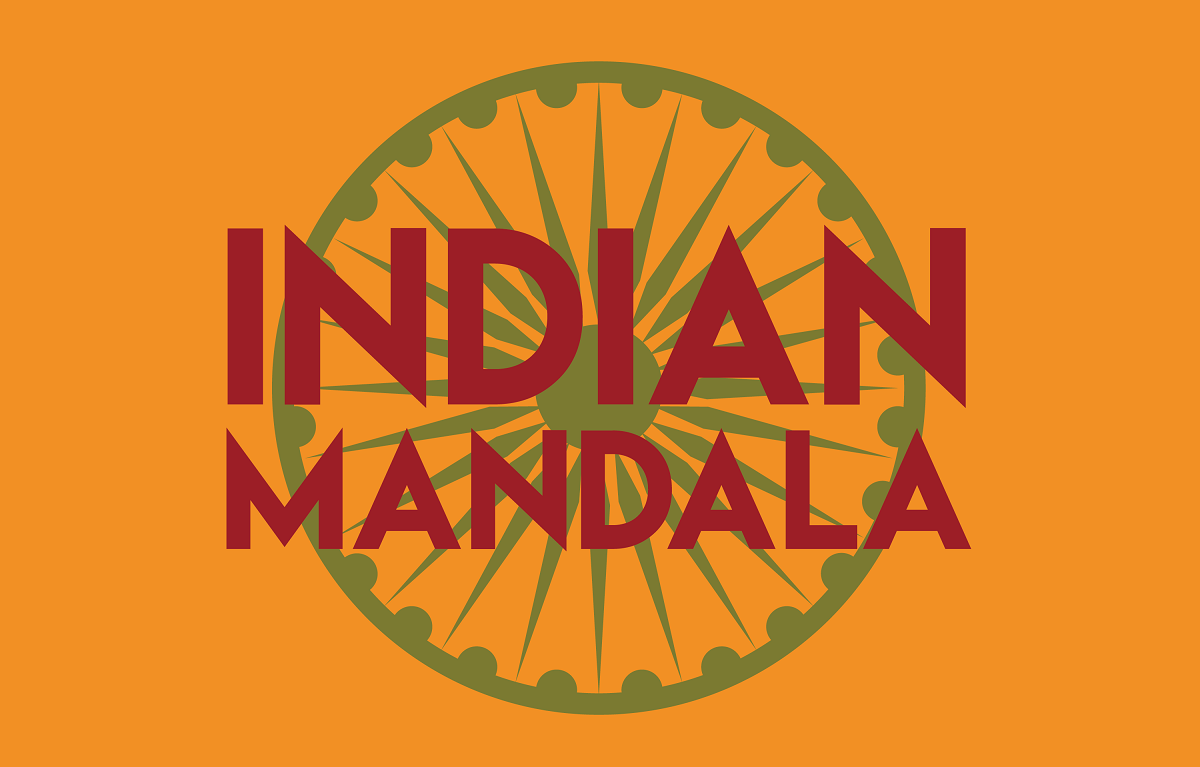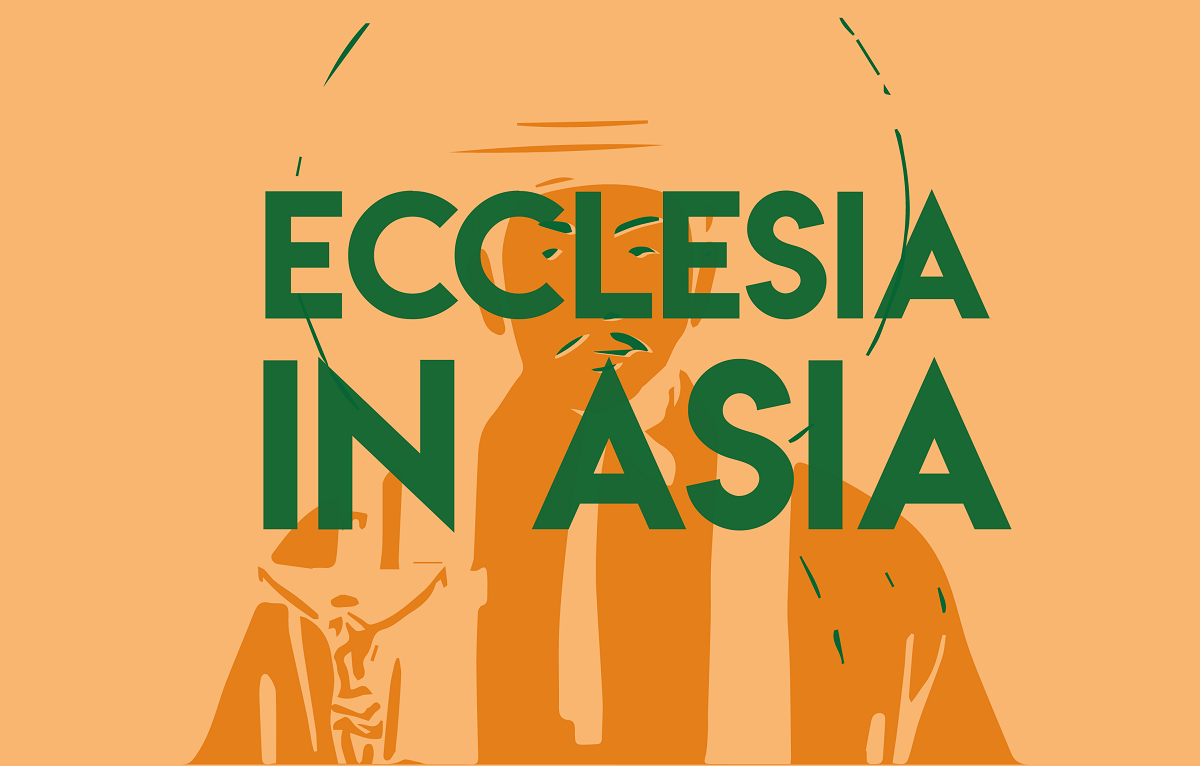Vientiane cuts ministries to cope with debt owed to Beijing
Laos plans to merge four ministries and cut public spending in what analysts are calling the largest government shake-up in decades. Foreign debt has reached 94 per cent of GDP, half with China alone, incurred to finance projects under the Belt and Road Initiative. Like Vietnam’s provincial reform, the move in Laos is aimed at cutting costs and boosting the control by the Lao People's Revolutionary Party, but it raises questions about its actual impact.
Vientiane (AsiaNews/Agencies) – The Laotian government has announced plans to merge a number of ministries to cut government spending and address the country’s economic difficulties, largely related to its debt to China.
The stated goal of Lao People's Revolutionary Party (LPRP) President and Secretary General Thongloun Sisoulith is to make the state apparatus “lean, streamlined, efficient, and robust,” reads a government statement that refers to the changes as an urgent necessity.
For some analysts, this is one of the largest restructurings in decades, but it remains uncertain how much it will actually result in savings.
After Brunei, Laos has the second-smallest economy in Southeast Asia and is the second-poorest county after Myanmar, where civil war has raged for over four years.
Public debt has grown significantly in recent years, from 53 per cent of GDP to 94 per cent, according to the World Bank.
Estimates released by the Party claim that last year, public sector wages for about 168,500 employees (approximately 2.2 per cent of the entire population) "represented a heavy financial burden on the national budget, without improving service delivery."
More than 46 trillion kip (US$ 2.1 billion) were spent on public servants’ wages in 2024, 38 per cent of annual revenue or 6.3 per cent of GDP. By comparison, Laos spends 2.7 per cent of GDP on healthcare and 1.2 per cent on education.
In view of the situation, in mid-March, the Party Central Committee, following an extraordinary session held in February, issued a statement emphasising the need to restructure the debt.
According to official data, foreign public debt has more than doubled in 15 years, from less than US$ 4 billion in 2010 to around US$ 10 billion in 2019 and .5 billion in 2023 with more than US$ 5 billion owed to China, exposing the Southeast Asian country to potential pressures from Beijing.
The reform will reduce the number of ministries from 17 to 13. The Ministry of Finance will absorb the Ministry of Planning and Investment, responsible for managing major foreign-funded infrastructure projects.
The Ministry of Industry and Trade will incorporate the Ministry of Energy and Mines, which until now has managed the country’s hydroelectric sector, which has led Laos to be nicknamed the "battery of Southeast Asia" because of its many fluvial dams.
The Ministry of Natural Resources and Environment will be merged with the Ministry of Agriculture and Forestry, while the LPRP's personnel committee will absorb the Ministry of Home Affairs that has been responsible for civil servant management.
Media management will also come under the direct supervision of the party. The information division will be entrusted to the Propaganda Office and no longer be the responsibility of the Ministry of Information, Culture, and Tourism.
For some, these changes are designed to reduce staff and cut costs, but also to centralise power in the hands of the party, which risks causing resentment within the ministries, often seen as separate fiefdoms.
The planned reform is not dissimilar to that carried out in Vietnam, raising questions about the future of public sector employees who are laid off.
This is probably precisely why, in the document released in March, the Party emphasised that it was “essential to ensure party members and civil servants clearly understand and unanimously support these changes.”
The restructuring of ministries will be accompanied by a revision of the constitution, which is expected to redefine the country's administrative divisions.
However, even if China is not directly mentioned, this is too large a move not to be linked to Laos’s growing public debt.
The latter has encountered increasing difficulties to repay China, which granted loans in recent years for infrastructure projects under the Belt and Road Initiative, but these loans have proven to be increasingly unsustainable, leading some to believe that Beijing is behind Vientiane’s spending restructuring.
04/05/2023 13:41
01/08/2022 18:05
29/06/2023 18:58







.png)










